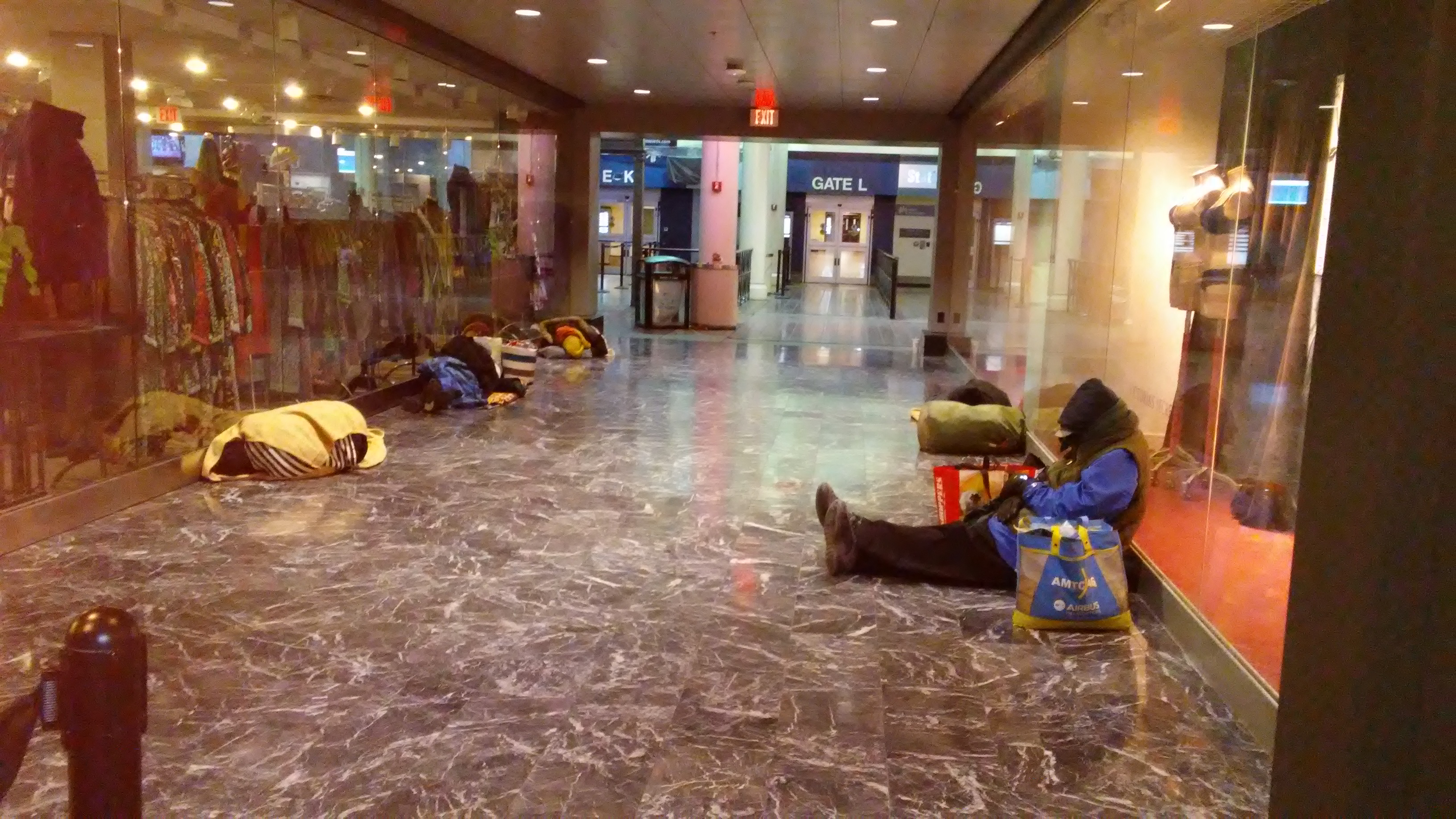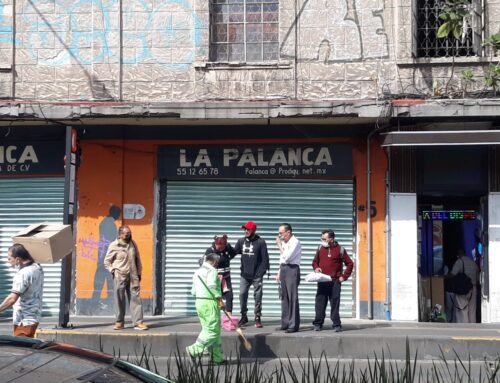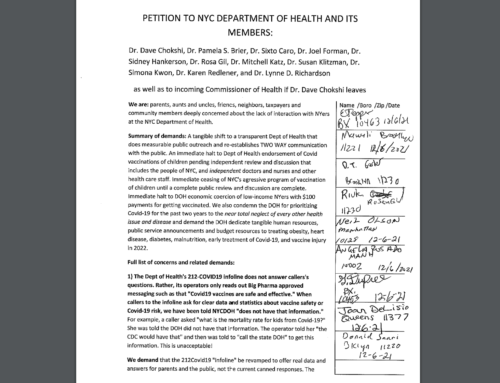This month, we read that a woman set another woman afire at a shelter in Queens, New York after an argument. In 2016, a man was practically beheaded at a Manhattan shelter after an argument gone bad. A DHS spokesperson said of the fire starter, “this unconscionable act goes against everything we stand for.” This talk is standard after each act of poverty fueled violence, but it doesn’t stop the wheeling, dealing money-maker that shelters are. With such poorly designed homeless prevention, it seems we don’t stand for much more than wasting millions of dollars and ruining the lives of many destitute people. If fixing the monthly cash benefit in New York–a place where NO apartment can be had for fewer than $1,500 a month no matter how awful it is or how far from the city center–at less than 50% of a poverty line income, is not evidence that we stand for unconscionable acts of violence, than I don’t know what is.
Since I have worked at a shelter, I know something about this. These are arguments that under normal circumstances amount to nothing. When people have an actual home, are not in a panic about how to get food that day, and do not having to live with strangers, they can move on from heated arguments most of the time. But living in shelters is different.
Shelters are designed to aggravate even the saintliest of people. In many, the square footage per person is less than a jail cell (thanks to negotiations carried out decades ago by Andrew “Help, USA” Cuomo). The daily frustrations and fears pile up, unable to be solved due to having no money, either. Skipped meals, infantile curfews and poor sleep make things worse. Mandatory appointments with a shelter housing specialist who can’t make a decent apartment appear out of thin air further test your patience. One day, you are set off not by the bigger problems, but by a tiny one. Like someone drinking your cola without asking.
I remember a resident who was really going through it: though our shelter was a “tier 2,” where people are supposed to stay for six months, she wasn’t invited to look at a real apartment for the first two years she lived there. When the shelter was overrun with mice, she came home to find one in her son’s bed. We asked the landlord to plug up the holes; he dragged his feet (he didn’t live in the ‘hood.) A few days later, I brought in urine soaked cat litter, and she and I stuffed it in the holes on our hands and knees (FYI, this really works). A trooper, she handled the stress with dignity. She taped positive messages to the walls and read Eckhart Tolle.
Cleaning one day, she put a bag of trash outside the front door of her unit. An employee called her up on the intercom, and said, “you’re not allowed to put your trash out in the hall, get it out of there.” The resident fell apart, crying and cursing that she could not take it anymore. No one else got hurt, and I was able to calm her down after a long while. In shelters, people are at their wit’s end; workers, who often have problems themselves, can be less than compassionate; and the fear and anxiety of being stuck in the system pervade the atmosphere. It is not hard to understand how a disagreement over noise or the stink of nail polish could make someone flip out.
My client’s cash welfare was arbitrarily cut more than once, so she had to go to the Human Resources Administration “Jobs Center” to sort it out. Her monthly benefit is from federal funds, called Temporary Assistance for Needy Families. In 2015, New York State kept $92 million of these federal welfare block grant dollars—intended to be used to help people who have no money. In 2016, New York State kept $145 million. According to the Center for Budget and Policy Priorities, New York State’s welfare program only enrolls 23 of every eligible 100 families. Many of these cashless families end up in shelter.
Mental health specialists have noted widely that unrelenting stress and anxiety lower a person’s IQ by at least 13 points. That is more than enough to cause a smart and decent person to make a reckless decision to inflict violence.
Given all we know—that real apartments are cheaper than this shelter system, that they are healthier than this shelter system, and that shelter conditions cause humans distress, depression, sadness, poor decisions, and violence, we must shift our strategy on homelessness away from the shelter machine and toward a commitment to real apartments affordable to people earning the minimum wage and even less. This shift must include an investigation of New York State’s management of its federal anti-poverty “welfare” block grant and what has become of the hundreds of millions of accumulated dollars that New York welfare administrators have been keeping unspent while people starve and languish in shelters because they get no cash assistance.
Shelters damage New Yorkers, but make big money for those who run them and own them. The City has a homelessness services budget of $70 million, and barely anyone gets re-housed, and at a snail’s pace at that. During the time I worked at the shelter, no resident spent less than a year there even though the stay was supposed to be six months; some spent way more.
So the DHS spokesperson said that the shelter assailant’s “unconscionable act goes against everything we stand for.” I say, our homeless system goes against everything we stand for. Our homeless policy has allowed these places to become more profitable to landlords than it would be for landlords to provide ordinary rental housing; their choice to favor shelters over housing is assured.
And most shelter residents are driven to shelter because our welfare system provides cash assistance at only 25 PERCENT of a poverty line income. The paltry cash aid available to a person through welfare assures that the demand for admission to a shelter remains high, even though the places are horrid. In the 1800’s, this is how the demand for entry into the Irish workhouses was kept robust. Welfare administrators of the Irish counties made almost anyone who refused to go to a workhouse ineligible for cash or food. The policy worked, driving the frightened and starving Irish peasants to the workhouses in droves, fearsome as the places were.
The modern shelter policy operates much the same. It creates demand artificially by denying eventual “real” housing and aid to those who won’t live in them. Case in point: a poor person who lives doubled up with a family member must enter and live in shelter to be eligible for the city’s few low income apartments. She cannot live with the family member or friends while she applies for and waits for her own apartment. Why not? Because the City wants her to consume “homeless services,” such as an expensive shelter unit, “job training,” and mental health services. This is how a terrible service is able to claim that there is a high demand for it.
An internet search brings up the most recent comprehensive list of shelter operation contracts, listing the shelters, their operators, and the landlords. There are about 600. Though we refer to these as “city shelters,” New York City owns very few, and operates almost none. Organizations compete for the contracts and get chosen to run them.
In my experience, the bar is set low, allowing operators and to do without the things that make a place seem like home—curtains, decent and clean furniture, heat, pest control, a paint job. The operators and owners do their best to turn a profit. When you want to make as much money as possible, you don’t buy curtains, new furniture, pest control, or fresh paint. Certain special interests would have you thinking that all homeless people are mentally ill, and that is why we need “shelters,” so that we can provide the homeless of the universe with mental health services. But to the extent that there are some people with mental illness in shelters, it is also true that spending time in shelter conditions causes mental health problems. A sensible investment would be to truly house people and create a real, efficient cash assistance program to replace the current welfare system. The general mental health of our residents would increase if we got rid of these failing business ventures. For now, just knowing that my city would rather spend $3K a month to house a family in a shelter, instead of half that for a decent apartment, makes me go a little crazy.







Leave A Comment